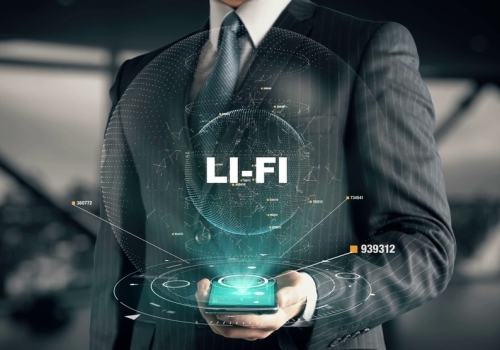Li-Fi
School Level
Packages comprises of
- Recorded Lectures
- Study Material - Pdf
- Edp
- Assessment followed by certificate after completion of 50 %
- Prototype Project view of minimum duration
- Mentorship
- Submission of Project
- Certificate after successful completion of project work
Overview
Li-Fi (Light Fidelity) is a wireless communication technology that uses light to transmit data. It is a relatively new technology that has been gaining a lot of attention due to its potential advantages over traditional Wi-Fi technology, such as higher data rates, increased security, and lower interference. Li-Fi technology is based on the concept of Visible Light Communication (VLC), which is the use of visible light for communication purposes.
The Li-Fi project aims to develop and improve this technology by exploring its capabilities and limitations, and to create practical applications for it. The project involves researching different aspects of Li-Fi technology, such as its hardware components, signal processing, modulation techniques, and transmission protocols. The main goal of the project is to make Li-Fi technology more reliable, efficient, and accessible to the general public.
One of the primary advantages of Li-Fi technology is its high data transfer rates. Li-Fi can achieve data transfer rates of up to 100 Gbps, which is much faster than the current Wi-Fi technology. This makes Li-Fi ideal for applications that require high-speed data transfer, such as video streaming, virtual reality, and augmented reality.
Another advantage of Li-Fi technology is its security. Unlike Wi-Fi, which uses radio waves that can penetrate walls and be intercepted by unauthorized parties, Li-Fi uses visible light that cannot pass through walls, making it more secure. In addition, since Li-Fi signals are confined within a room or a specific area, it is less susceptible to interference from other devices.
The Li-Fi project also aims to create practical applications for this technology. For example, Li-Fi can be used in smart lighting systems, where data can be transmitted through the light fixtures. This can be useful in buildings where traditional Wi-Fi signals may not be reliable due to interference or distance limitations. Li-Fi can also be used in vehicular communication systems, where data can be transmitted through the headlights and taillights of vehicles.
In summary, the Li-Fi project is a research and development effort aimed at improving the capabilities and applications of Li-Fi technology. With its high data transfer rates, security, and potential applications, Li-Fi has the potential to revolutionize the way we communicate and access information.
Please rotate your device
We don't support landscape mode yet. Please go back to Portrait mode for the best experience.






